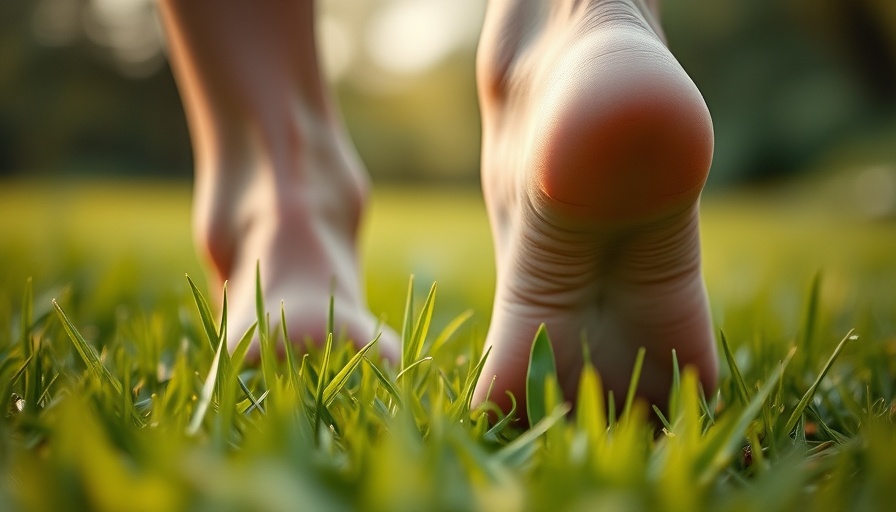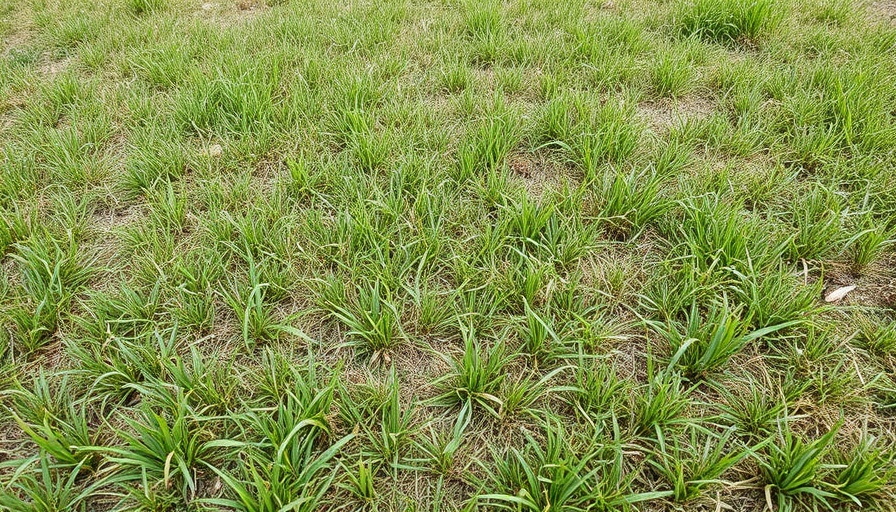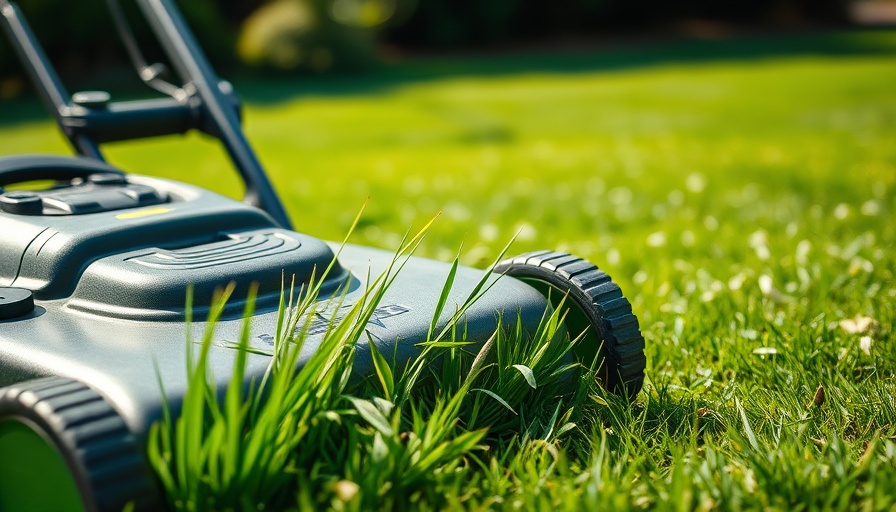
Discover the Surprising Health Benefits of Walking Barefoot on Grass
In our fast-paced world, reconnecting with nature can seem like a luxury. However, simple acts like walking barefoot on grass—often referred to as earthing or grounding—can offer profound health benefits. Scientific studies have begun to reveal how this natural practice can enhance physical and psychological well-being.
1. Uncover the Link Between Barefoot Walking and Reduced Inflammation
Research indicates that walking barefoot can lead to significant reductions in inflammation. A study published in the Journal of Inflammation Research shows that participants who engaged in grounding experienced decreased muscle soreness post-exercise. This appears to result from the transfer of electrons from the Earth, which may help neutralize free radicals that contribute to inflammation and pain.
2. Walk Your Way to Better Sleep Quality
Many people struggle with insomnia and other sleep disorders. A clinical psychologist, Hanna Medrano, suggests that grounding enhances sleep quality by lowering anxiety—one of the core factors contributing to sleep problems. By making a habit of walking barefoot in the morning, you can enjoy a more restful night. Grounding helps modulate cortisol levels, leading to deeper and more recuperative sleep.
3. The Science of Lowering Stress Hormones
Grounding is not only effective for physical health but mental health as well. A study in Psychological Reports found that engaging in grounding activities can significantly reduce cortisol levels, leading to a more relaxed state. Participants reported marked decreases in stress and anxiety post-grounding sessions, highlighting the importance of this practice in fostering emotional health.
4. Strengthen Your Immune System with Nature
What if the simple act of walking barefoot could boost your immune system? Grounding has been linked to enhanced immune response through its influence on inflammation. This natural approach may improve your body's ability to fend off illnesses, presenting a holistic method of maintaining health.
5. Improve Your Cardiovascular Health Through Grounding
Emerging evidence also connects grounding with enhanced cardiovascular function. Lower stress and inflammation levels can contribute to better heart health. The simple act of connecting with the earth can lead to a more balanced blood pressure and improved circulation.
6. Accelerate Wound Healing with Barefoot Walking
Grounding may also aid in wound healing. Preliminary findings suggest that physical contact with the earth can enhance recovery rates for minor injuries by improving blood flow to the affected areas.
7. Find More Energy in Your Daily Routine
Feeling sluggish? Grounding might just be your solution. Participants in grounding studies reported increased energy levels. By fostering better sleep patterns and lower stress, the act of walking barefoot leaves you feeling rejuvenated and energized.
8. Achieve Better Balance and Posture
Walking barefoot can enhance your physical balance and improve posture. Getting back to the basics of walking can help strengthen foot muscles and promote proper alignment, which can reduce the risk of injury.
9. Engage with Nature for Mental Well-being
Beyond physical health, reconnecting with nature significantly impacts mental health. Regularly walking barefoot promotes mindfulness and a deeper connection with the environment, encouraging a peaceful state of mind.
10. A Natural Method to Support Mental Health
Natural settings and activities significantly contribute to mental health. Walking barefoot integrates physical activity with exposure to nature, creating a holistic approach to improving your mood and mental clarity.
11. The Power of Foot Muscles
Your feet are designed to connect with the ground. Strengthening foot muscles through barefoot walking can alleviate pain and contribute to overall body strength.
Conclusion: Why You Should Start Walking Barefoot Today
Incorporating barefoot walking into your daily routine can yield numerous health benefits, from reducing inflammation and pain to improving your sleep quality and emotional well-being. Consider how such a simple act can lead to significant improvements in your overall health. If you’re looking to deepen that connection with nature, try taking off your shoes on your next outdoor stroll. Don't forget to choose a clean patch of grass for the best experience!
 Add Row
Add Row  Add
Add 


 Add Row
Add Row  Add
Add 

Write A Comment